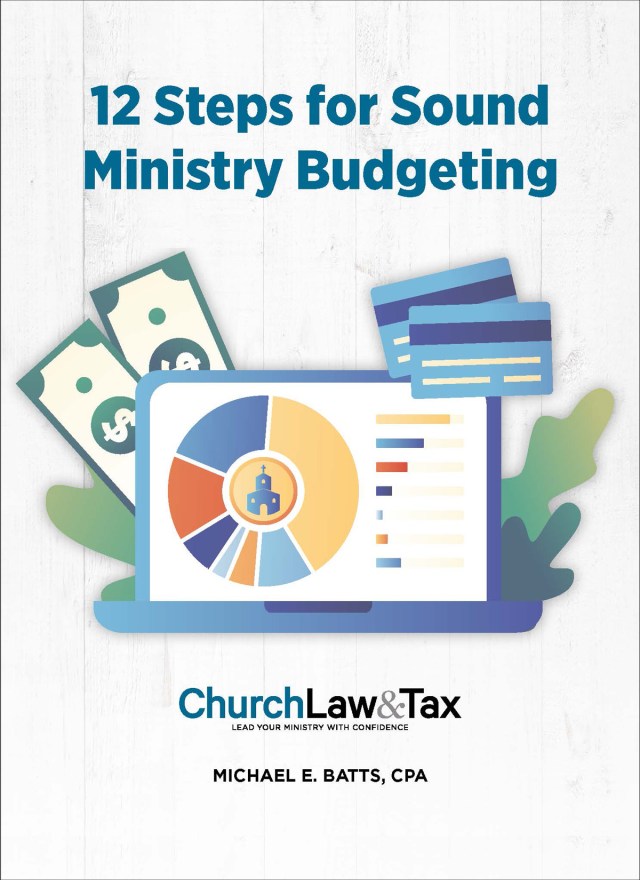Most churches don’t want to admit that they have ministry silos. But admit it or not, the common natural drift of churches toward silos means that many currently have them. Ministry silos are multiple independent ministries operating under one roof.
How do you know if your church has ministry silos? If any of the following is true, your church most likely has them:
- Each ministry has their own vision and values statements.
- You frequently hear the words “my ministry,” “my budget,” and “my volunteers” in meetings.
- There is no coordinated calendar process.
- There is no coordinated budgeting process.
- No one is sharing best practices.
- Each ministry has its own brand that looks like it’s from a different organization instead of from the same church.
Use this list at your next team meeting to begin evaluating where your church is when it comes to ministry silos. Then take the following five steps to help get rid of silo-thinking and behaviors at your church:
1. Share the mission, vision, and values of the church
Clearly articulate one mission, vision, and set of value statements for the church. Then set the expectation that each ministry will live those out within their own context and audience. Allowing each ministry to develop its own values, vision, or mission statements fuels silo thinking.
2. Get rid of sub-ministry brands
Call ministries what they are. For example, children’s ministry is children’s ministry and student ministry is student ministry. When you allow each ministry to develop its own sub-brand—“The Edge” ministry, for example—it’s confusing to new people who attend the church. It also encourages silo thinking (and is more expensive).
3. Coordinate the calendar process
Instead of each ministry having its own separate ministry calendar, annually plan one coordinated ministry calendar for the year. This will force the teams to work cooperatively, communicate with one another, understand what each is doing, and get rid of competing events. Take five minutes in a meeting once a month to review the upcoming month together and make sure everyone is on the same page.
4. Budget together
Instead of having each ministry build a budget in isolation and then turn that proposal in to an individual or board to make decisions, come together as a team and present your proposals to one another. Work together to come up with a holistic ministry budget approach for the next ministry year. You know you’re getting somewhere when ministry leaders begin to sacrifice financially for one another after seeing that a proposed initiative or idea from a different ministry will take the church further faster.
5. Replicate best practices
Don’t waste time and energy with every ministry department coming up with their own systems for how to do guest services, volunteering, and missions trips. Instead, identify your best practices and the unique approaches that work well and replicate them in each ministry.
Paul Alexander is a pastor, speaker, and ministry consultant at The Unstuck Group. Paul has more than 20 years experience serving in the local church, the last 15 of which have been on the senior leadership teams of some of the nation’s leading mega-churches. Currently, Paul is serving as the executive pastor at Sun Valley Community Church, a large multi-site church located in the Phoenix area. Find him at PaulAlexanderBlog.com and @_paulalexander.
This post is adapted from “
6 Symptoms Your Church Has Ministry Silos
” and “
Tearing Down Ministry Silos
” and first appeared on Paul’s blog. Used with permission.




